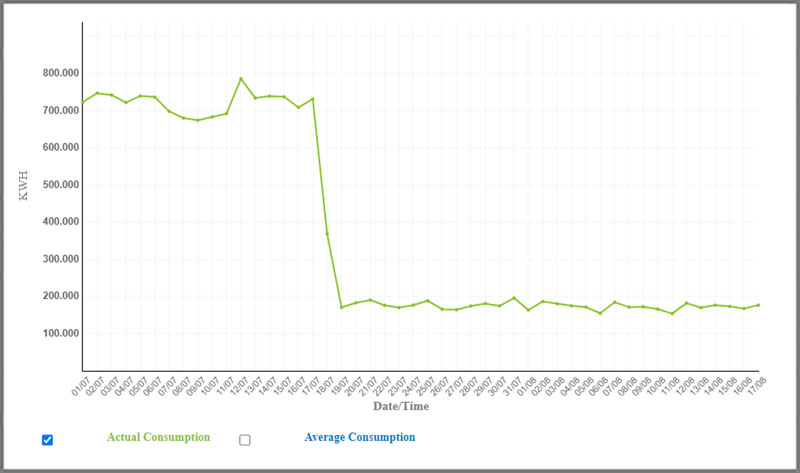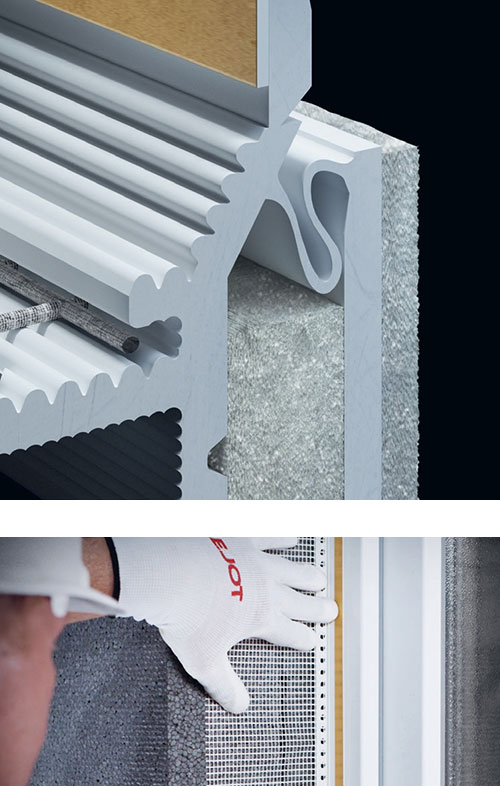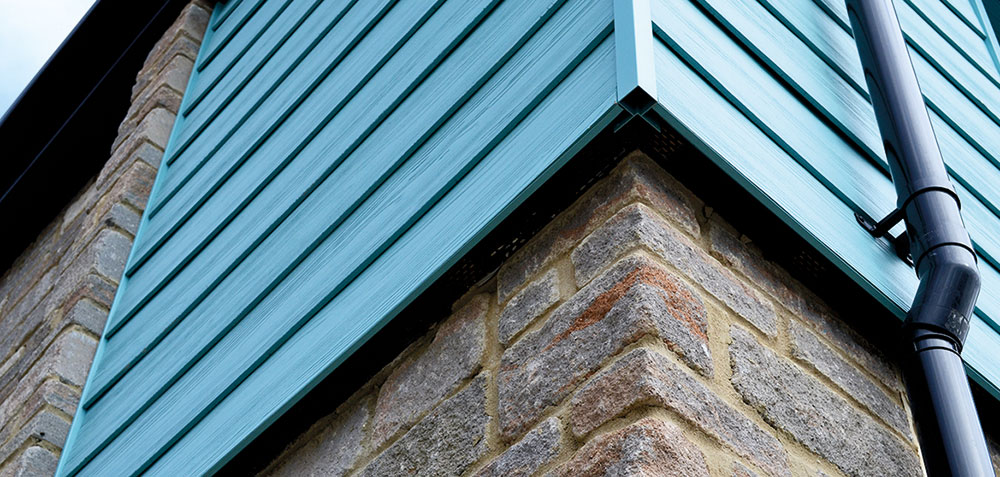“13 Times More Power From Space”
UK Company Achieves Historic Solar Breakthrough Beaming Massive Energy Back to Earth
UK-based startup Space Solar has achieved a significant breakthrough in renewable energy technology by successfully testing its innovative power-beaming system, which aims to deliver wireless solar energy from space, potentially transforming the global energy landscape with a reliable and continuous source of clean power.
In the fast-evolving world of renewable energy, UK-based startup Space Solar is making waves with its innovative approach to harnessing solar power from space. The company’s groundbreaking power-beaming technology promises to revolutionize how we think about energy generation, offering a reliable and uninterrupted source of clean power. By beaming solar energy wirelessly from space, Space Solar aims to overcome the challenges faced by traditional renewable sources, such as weather dependency and the day-night cycle. This ambitious venture has the potential to transform the global energy landscape, providing a sustainable and efficient alternative to conventional energy sources.
Comprehensive Assessment of Key Technologies
The “Cassidi” project, a significant milestone for Space Solar, involved a thorough evaluation of the company’s core technologies. This $2.26-million project was funded by the UK Space Agency and the Department of Energy Security and Net Zero (DESNZ). Over an 18-month period, Space Solar conducted a comprehensive assessment of its wireless power beaming, in-space assembly process, and ground receiver technologies. The result is a detailed 1,700-page sub-system design document that outlines the blueprint for their modular solar power satellite, Cassiopeia. This satellite, also known as the Constant Aperture Solid State Integrated Orbital Phased Array, represents a significant step forward in the development of space-based solar power.
The success of the “Harrier” demonstrator, which enabled the development and testing of power-beaming technology, was a key achievement of the project. This demonstrator has paved the way for further advancements in the field, showcasing the potential of space-based solar power to deliver clean energy around the clock.
Using Pre-fabricated Solar Reflectors
One of the most exciting aspects of Space Solar’s approach is the use of pre-fabricated solar reflectors. These reflectors are part of a system that can electronically steer the energy beam through a full 360 degrees, eliminating the need for moving parts. This solid-state approach is central to the projected cost-effectiveness of the Cassiopeia satellite. The power beam itself is designed to be low intensity and safe, transmitting through the atmosphere and weather with minimal loss in efficiency. This makes it a highly attractive option for integrating with other renewable energy sources, enhancing grid resilience and delivering power where it’s needed most.
The Cassiopeia satellite, equipped with thousands of lightweight photovoltaic modules, will capture solar energy in orbit and beam it down to ground-based receivers using high-frequency radio waves. This method promises to provide a consistent and reliable energy source, unaffected by weather conditions or the day-night cycle. By overcoming these limitations, Space Solar’s technology could play a crucial role in the global transition to renewable energy.
Viability Confirmation for Clean Energy
The collaborative nature of the “Cassidi” project, which involved 22 partner organizations, has confirmed both the technical and economic viability of Space Solar’s system. The success of this demonstration not only strengthens the company’s position but also sets the stage for an ambitious timeline. Space Solar plans to deploy a megawatt-scale commercial system within five years, with aspirations to expand to a full product range from 30 MW to GigaWatt-scale within twelve years.
This breakthrough could herald a new era in clean energy generation, offering a viable pathway toward a future with continuous and globally accessible energy. The successful completion of the “Cassidi” project brings us one step closer to realizing the dream of harnessing the sun’s power directly from space, potentially transforming how we meet our energy needs.
As Space Solar continues to innovate and push the boundaries of what’s possible, the potential impact on the global energy landscape is profound. With the promise of reliable, clean, and uninterrupted energy, the question remains: how will this revolutionary technology reshape our approach to sustainable energy in the coming decades?
Source: Sustainability Times






 The four models are:
The four models are: 

 Within this range are several Pro GAP window reveal beads manufactured in a combination of PVC and fibreglass mesh which are designed to achieve an exact, aligned and perpendicular plaster finish around windows and doors. When used in an EWI system that also utilises EJOT Pro-Line profiles and beads for the base, corners and edges, plus its insulation anchors and mounting elements for post-installation attachments, the end result is a thermally superior façade which can be maximise the return on investment in housing refurbishment programmes.
Within this range are several Pro GAP window reveal beads manufactured in a combination of PVC and fibreglass mesh which are designed to achieve an exact, aligned and perpendicular plaster finish around windows and doors. When used in an EWI system that also utilises EJOT Pro-Line profiles and beads for the base, corners and edges, plus its insulation anchors and mounting elements for post-installation attachments, the end result is a thermally superior façade which can be maximise the return on investment in housing refurbishment programmes.




